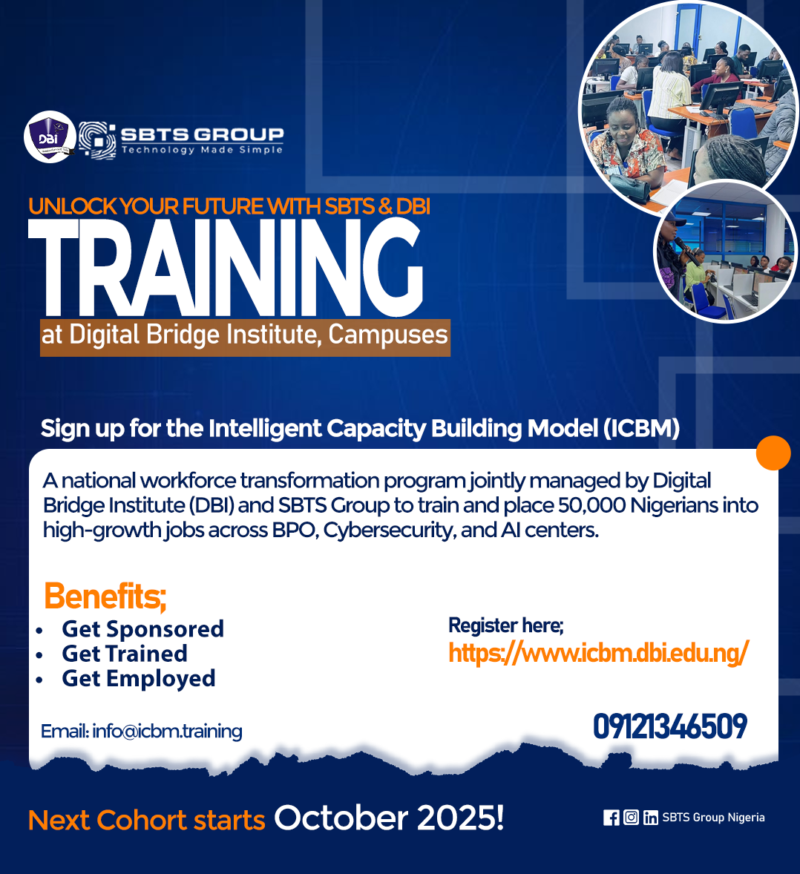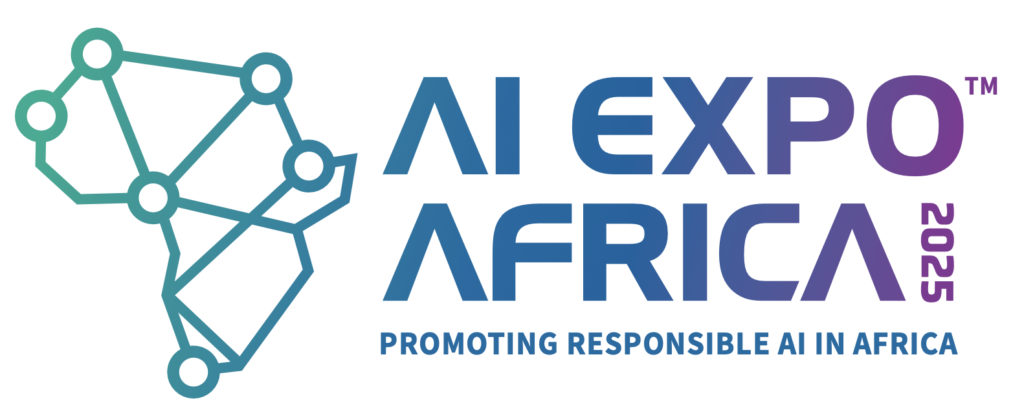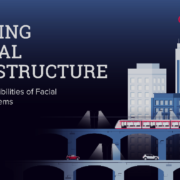97% of large enterprises have funding in place; only 18% are fully deployed as data quality and access top the barrier list.
Qlik®, a global leader in data integration, data quality, analytics, and artificial intelligence (AI), has released its Qlik 2025 Agentic AI Study, a look at how large enterprises are planning, funding and operationalising Agentic AI.
RELATED: Agentic AI silently transforms the travel and leisure industries
The study, commissioned from Enterprise Technology Research (ETR), showed strong commitment to agents, paired with clear execution gaps. Nearly every respondent has committed budget, yet most say it will take years to operationalise at scale, with data quality and integration of Agentic AI initiatives with existing systems cited as the leading blockers.

James Fisher, Qlik
“Enterprises are not short on ambition or funding. What’s missing are the data and analytics foundations that let agents work across the business with reliability and control,” said James Fisher , Chief Strategy Officer, Qlik.
“If you want Agentic AI to move the needle in 2026, invest first in trusted pipelines, interoperability, and a practical ROI framework your board believes.”
Key findings
- Money is in
97% have committed budget to Agentic AI, with 39% planning to spend 1 million dollars or more and 34% allocating 10 to 25 percent of their AI budget. This is now a line item, which sets expectations for visible results in 2026. - Strategy is maturing, but value measurement lags
69% report a formal AI strategy, compared to 37% in 2024, yet only 19% have a defined ROI framework. The governance story is shifting from “should we” to “what did we get for it.” - Scale will take time
Only 18% have fully deployed Agentic AI and 46% say scale is three to five years away, with just 42% confident in their internal expertise. 2026 looks like a build phase, not a broad rollout. - Data is the choke point
Data quality, availability and access lead the barrier list, followed by integration, skills and governance. The constraint is enterprise plumbing, more thanmodel horsepower. - Risk sits at the deployment edge
Top concerns are cybersecurity, output reliability and legal exposure, with explainability and auditability close behind. Risk leaders will shape pace and vendor selection. - Where agents land first
IT operations and software development are the most targeted areas, with cost reduction the top goal and productivity the key metric. Early wins cluster where telemetry and baselines already exist.
Agentic AI crosses budget threshold
Agentic AI has crossed the budget threshold and moved into 2026 operating plans. The early action is pragmatic: respondents point to IT operations and software development as first movers, where outcomes and telemetry are clearer. The drag on scale is less attributable to model capability and more closely related to the challenge of integrating governed, high-quality data into existing workflows and connecting systems without adding risk. Until that happens, many programs will remain pilots and proofs rather than run-rate operations.
“As spend shifts from experimentation to line items, the constraints are classic enterprise ones: data quality, integration, governance and talent,” said Erik Bradley, Chief Strategist, Enterprise Technology Research (ETR). “Our data shows broad intent, but only a minority are ready to scale. The next year will be about turning tightly scoped use cases in IT ops and software engineering into durable, measured production.”





























